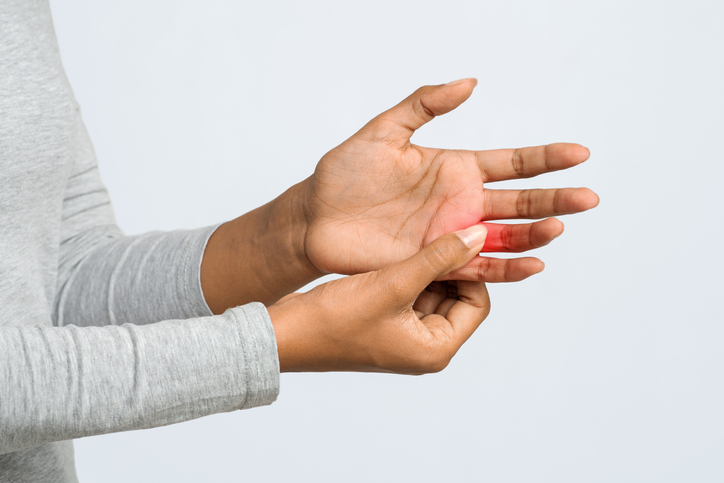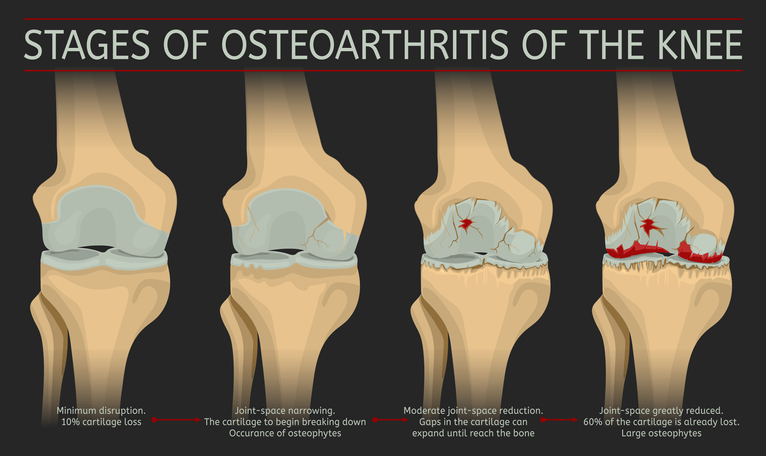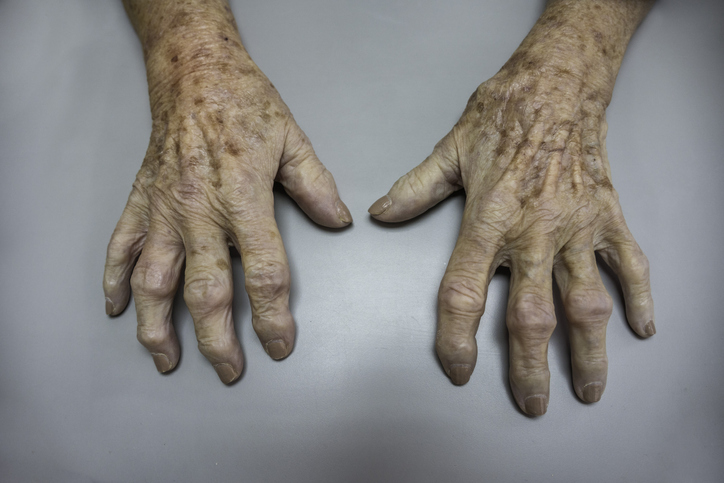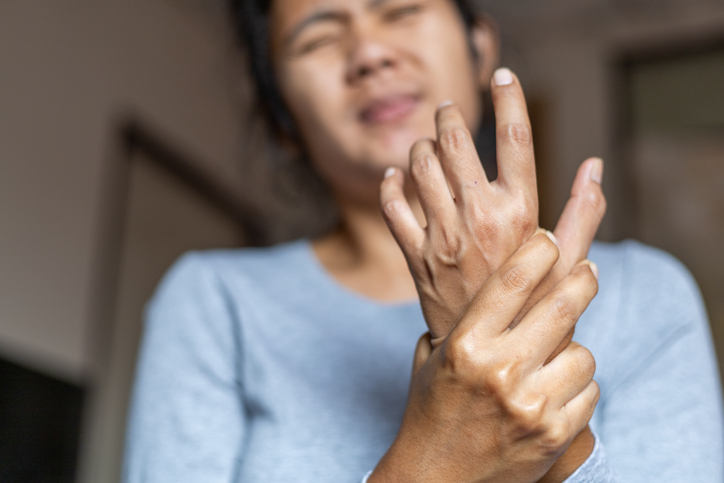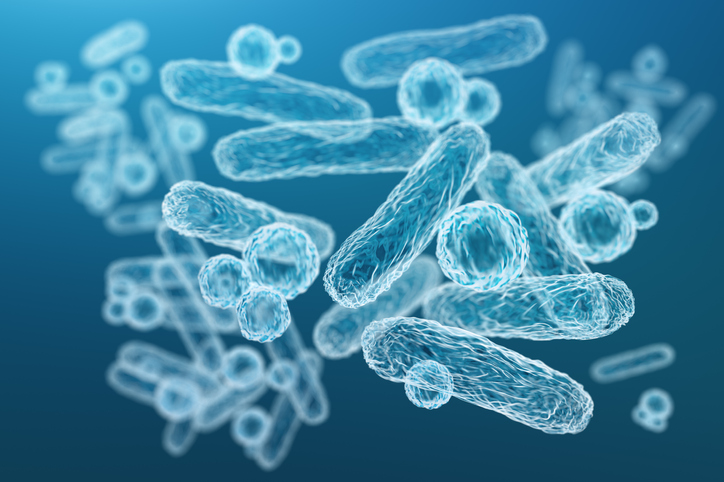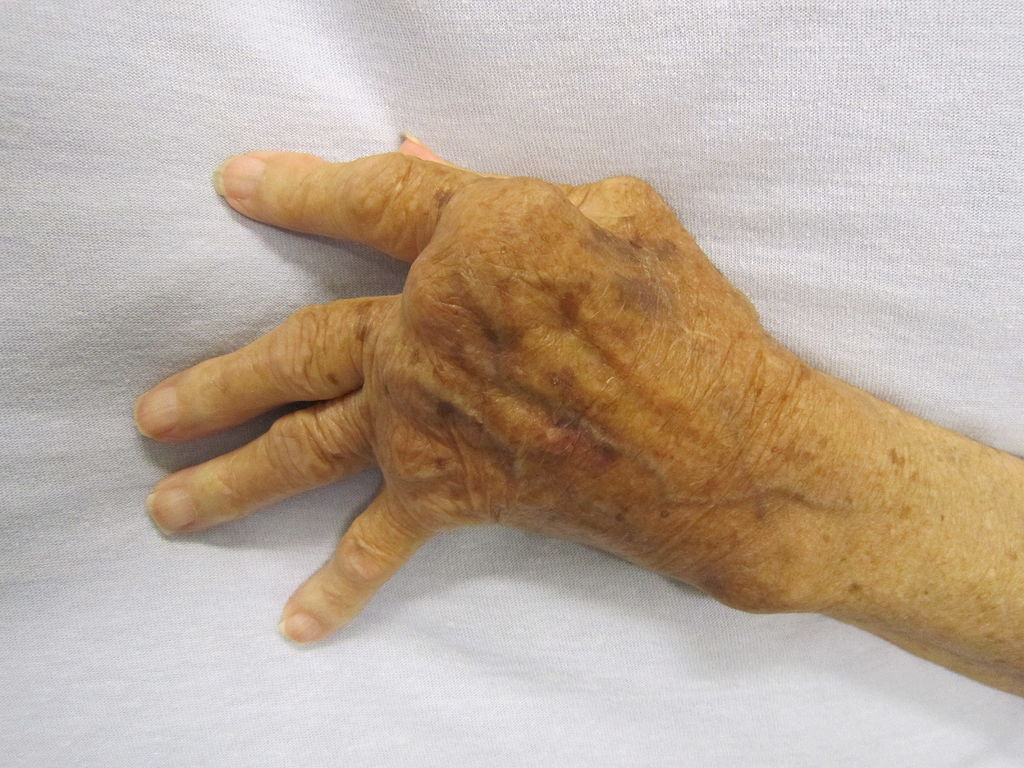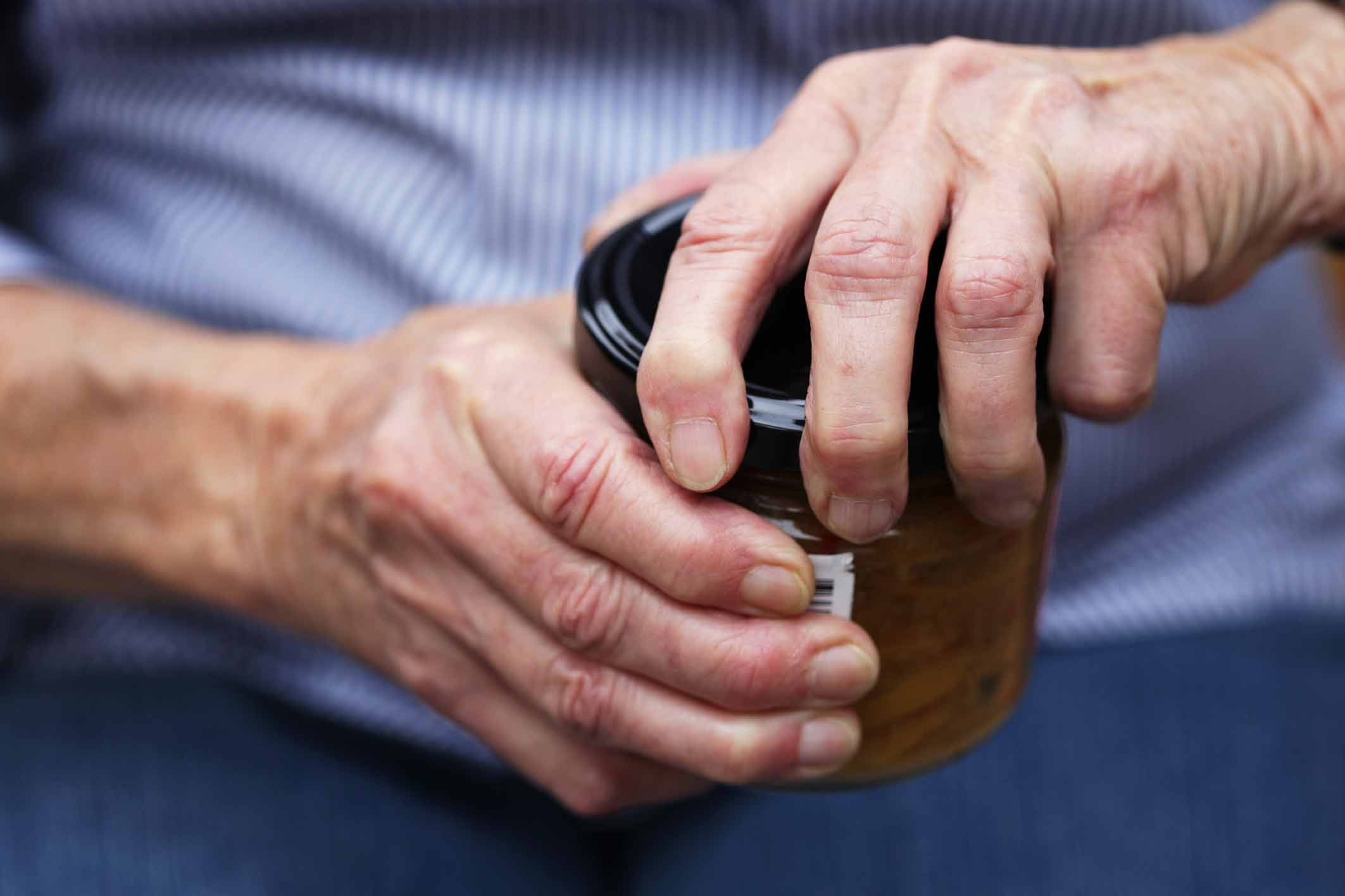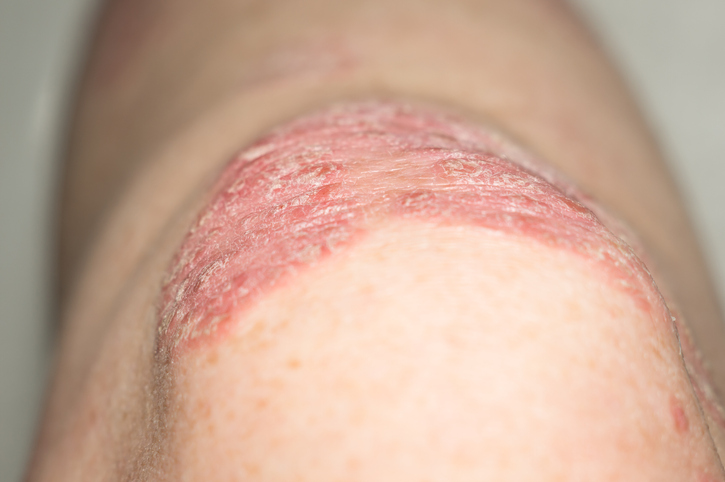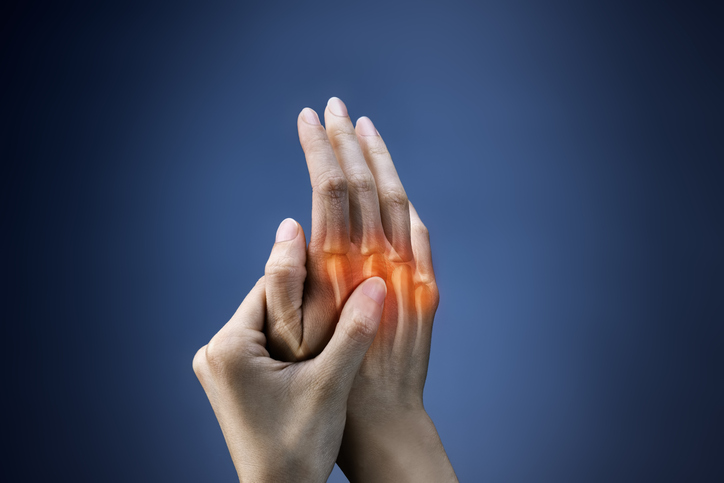Pain
What Is Osteoarthritis (OA)?
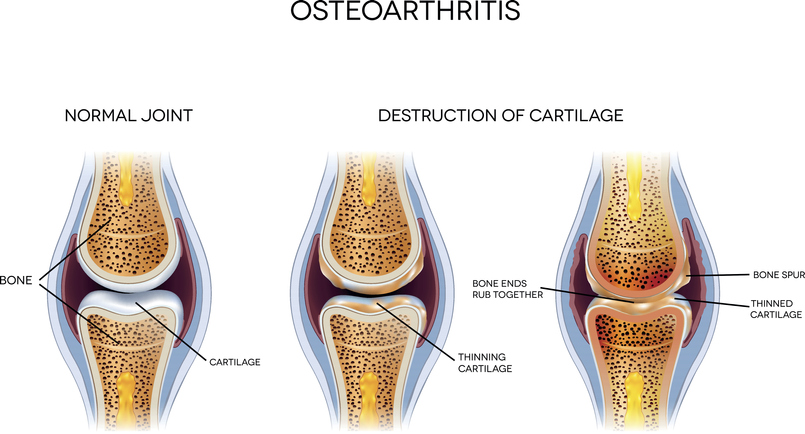
Osteoarthritis (OA) is a joint condition that involves the gradual breakdown of cartilage in one or more joints. When the protective cushioning of cartilage deteriorates, the bones in the joint eventually rub together, causing inflammation and pain.
Osteoarthritis is the most common form of arthritis. Because OA is typically caused by normal wear and tear, the risk of developing osteoarthritis increases with age. The condition develops gradually and worsens over time. Common symptoms are joint pain and stiffness. Osteoarthritis can occur in any joint, but most commonly develops in the joints of the hands, knees, hips and spine.
A leading cause of disability in the United States, osteoarthritis affects over 30 million Americans. It is also referred to as wear-and-tear arthritis, degenerative arthritis, or degenerative joint disease (DJD).
Types
There are two types of osteoarthritis: primary and secondary. Primary OA is the most common type and typically affects the fingers, thumbs, spine, hips, knees, or big toes. Secondary OA occurs with a preexisting joint condition, such as a joint injury or trauma, other forms of arthritis, or other joint disorders.
Symptoms
Osteoarthritis symptoms develop gradually. Symptoms of OA include, but are not limited to, the following:
- Pain
- Joint stiffness, especially upon waking or after periods of inactivity
- Joint tenderness
- Loss of flexibility
- Grating sensation within the joint
- Popping or cracking sounds when moving the joint
- Development of bone spurs
- Swelling around the joint
- Muscle weakness around the joint
- Joint instability or buckling
Causes
Osteoarthritis involves the deterioration of a joint's cartilage; this results in the joint losing elasticity, making it stiff and susceptible to damage. As the cartilage deteriorates, bone eventually rubs against bone. Osteoarthritis not only causes the deterioration of the cartilage in the joint, but it also causes inflammation of the joint lining and deterioration of the connective tissues that hold the joint together. The exact mechanisms that cause cartilage loss and bone changes are not known.
Risk factors
Risk factors for developing osteoarthritis include, but are not limited to, the following:
- Advancing age
- Female
- Excessive weight/obesity
- Joint injury
- Repetitive stress on joints
- Weak muscles
- Family history of osteoarthritis
- Preexisting other types of arthritis, such as rheumatoid arthritis or gout
- Preexisting bone conditions or diseases, such as Ehlers-Danlos syndrome or avascular necrosis
- Preexisting bone deformities
- Metabolic conditions, such as diabetes, hemochromatosis or hyperlipidemia



